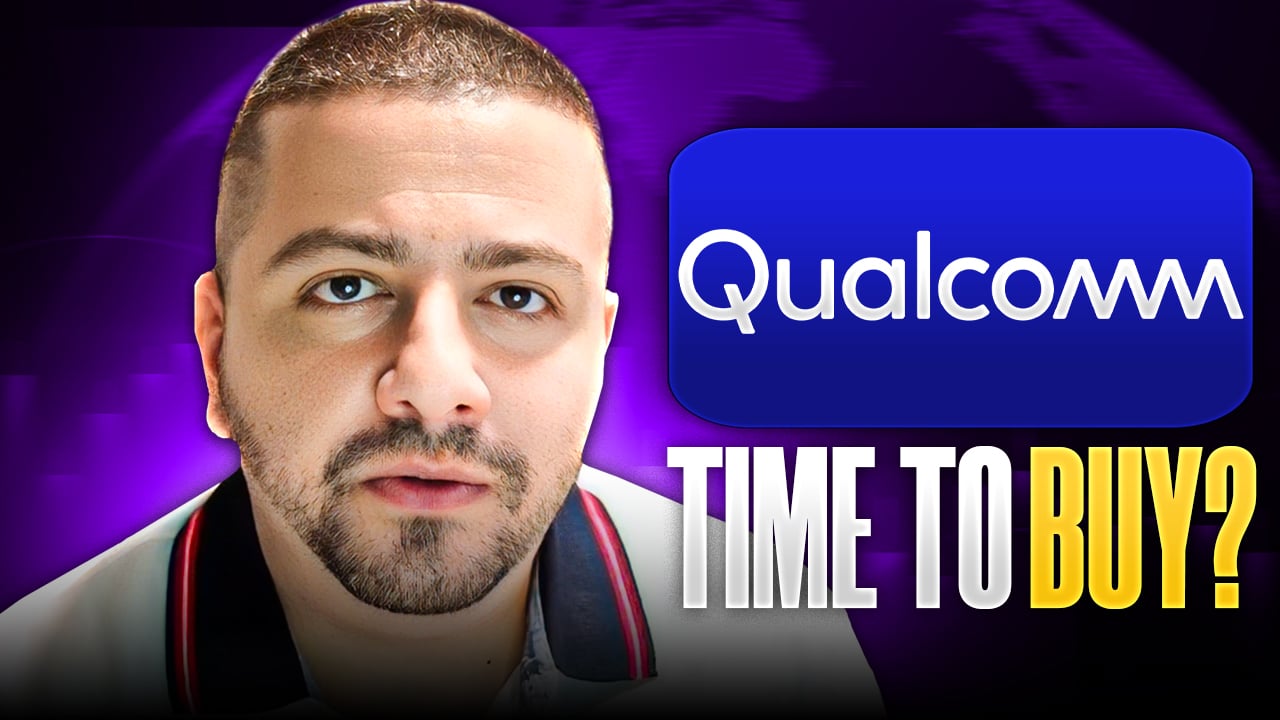The Motley Fool's readers have spoken, and I have heeded your cries. After months of pointing out CEO gaffes and faux pas, I've decided to make it a weekly tradition to also point out corporate leaders who are putting the interests of shareholders and the public first and are generally deserving of praise from investors. For reference, here's my previous selection.
This week, we'll take a closer look at Qualcomm (QCOM +1.13%) and discover why CEO Paul Jacobs has put Qualcomm firmly at the top of the pack in wireless communications.
Kudos to you, Mr. Jacobs
As I discussed in March, Qualcomm has two primary enemies: oversaturation and industrywide commoditization. Luckily for Qualcomm, the U.S. market is nothing like Russia, where there are far more phones than there are people living in the country, so there's still room for expansion in terms of smartphones and tablets. It also helps that many rural areas of the U.S. still don't have 4G LTE capability, leaving ample room for smartphone and tablet growth in those markets.
Still, this hasn't helped Apple (AAPL 0.31%), which is a prime customer of Qualcomm, utilizing its baseband processor in its iPhone and iPad. A combination of unrealistic growth expectations by investors and a growing presence of Samsung's Galaxy S series phones have slowed iPhone demand and caused the company to reduce supply orders, to the surprise of everyone earlier this year. There's also a nasty Catch-22 that exists in which Apple would love to be able to expand its fabless contract agreement with Taiwan Semiconductor (TSM +5.28%), but Qualcomm is Taiwan Semi's other primary customer. If Apple were successful in negotiating more capacity, it would be hurting its own production potential by stymying Qualcomm's.
However, these problems really are for naught when it comes to Qualcomm, the first vertically integrated wireless device company. When it comes to advanced wireless technology, Qualcomm is the king of the hill. Shortly after NVIDIA (NVDA +1.26%) announced the introduction of a new line of Tegra 4 quad-core processors, which have the processing capacity to outperform Qualcomm's own chips based on speed, Qualcomm one-upped the entire field by introducing its all-in-one RF360 chip, which could be available as soon as the latter half of this year. The RF 360 chip is capable of handling RF band-fragmentation on the front end, potentially eliminating the need for an RF chip in its entirety, "combining all LTE platforms under one family of chips" (as my Foolish colleague Evan Niu so eloquently stated), and of course delivering the same high-end processing capability that we've come to expect from Qualcomm's wireless technologies.
The success in Qualcomm's bottom line results is undeniable. In its most recent quarter, Qualcomm delivered a 24% increase in revenue to $6.1 billion despite a 17% drop in income. It isn't too alarming to see income fluctuate during the evolution of new technologies, so don't spend too much time thinking about that 17% decrease in profits. From its popular Snapdragon processor to its Gobi LTE modems, Qualcomm has service providers covered from the top down.
A step above his peers
If Qualcomm's outperformance on the earnings front isn't enough to wow you, then perhaps its incredibly generous share repurchase and dividend policy, employee perks, and community giving will help change your mind.
As I noted last month, when I highlighted Qualcomm as a great dividend that you could buy right now, Qualcomm announced the replacement of a $4 billion share repurchase agreement, which still had about $2.5 billion left, with a $5 billion repurchase agreement with no expiration date! If that's not enough to excite shareholders, perhaps a 21.5% annualized increase in its dividend over the decade (that's more than 600% if you're curious) will tickle your fancy.
Source: Nasdaq.com.
*Assumes quarterly payout of $0.35 for remainder of 2013 and 2014.
Qualcomm's new yield of 2.2% puts it on par with some of the tech's sectors most generous dividend payers and amounts to an easily sustainable payout ratio of just 31% for this year.
In terms of employee perks, it really just matters where in the world you're based. For the sake of argument, I examined its U.S. operations and found a couple of perks to be particularly intriguing. Much like what I heard when I met with DreamWorks Animation CEO Jeffrey Katzenberg three months back, Paul Jacobs is a firm believer in keeping his workforce healthy. That's why the office brings in locally owned farmer's market foods once a week for employees to purchase. As you may have guessed, employees also receive a subsidy on their purchase of a wireless device that contains a Qualcomm chip. Finally, Qualcomm offers $5,250 toward qualifying tuition expenses for a bachelor's degree and $10,125 for graduate or post-graduate degrees.
Jacobs also does a good job of instilling the ethos of giving with his employees and throughout the company. Qualcomm will match its employees and directors dollar-for-dollar in qualifying charitable contributions, up to $1,000 for employees and $5,000 for directors. Qualcomm also has a volunteer grant program that will donate up to $250 for employees who put in at least 15 hours with a qualify non-profit organization.
Two thumbs up
There are about a handful or reasons to be concerned about Qualcomm's future and a mountain full of reasons Qualcomm is a leading wireless innovator that's taking care of its employees, shareholders, and the communities that it operates in. With a rapidly growing dividend, and technology that appears so far ahead of its peers that it'll maintain its LTE dominance for years to come, Paul Jacobs has certainly done a fantastic job of setting his company up for continued success. For that, I give Jacobs two well-deserved thumbs up.










